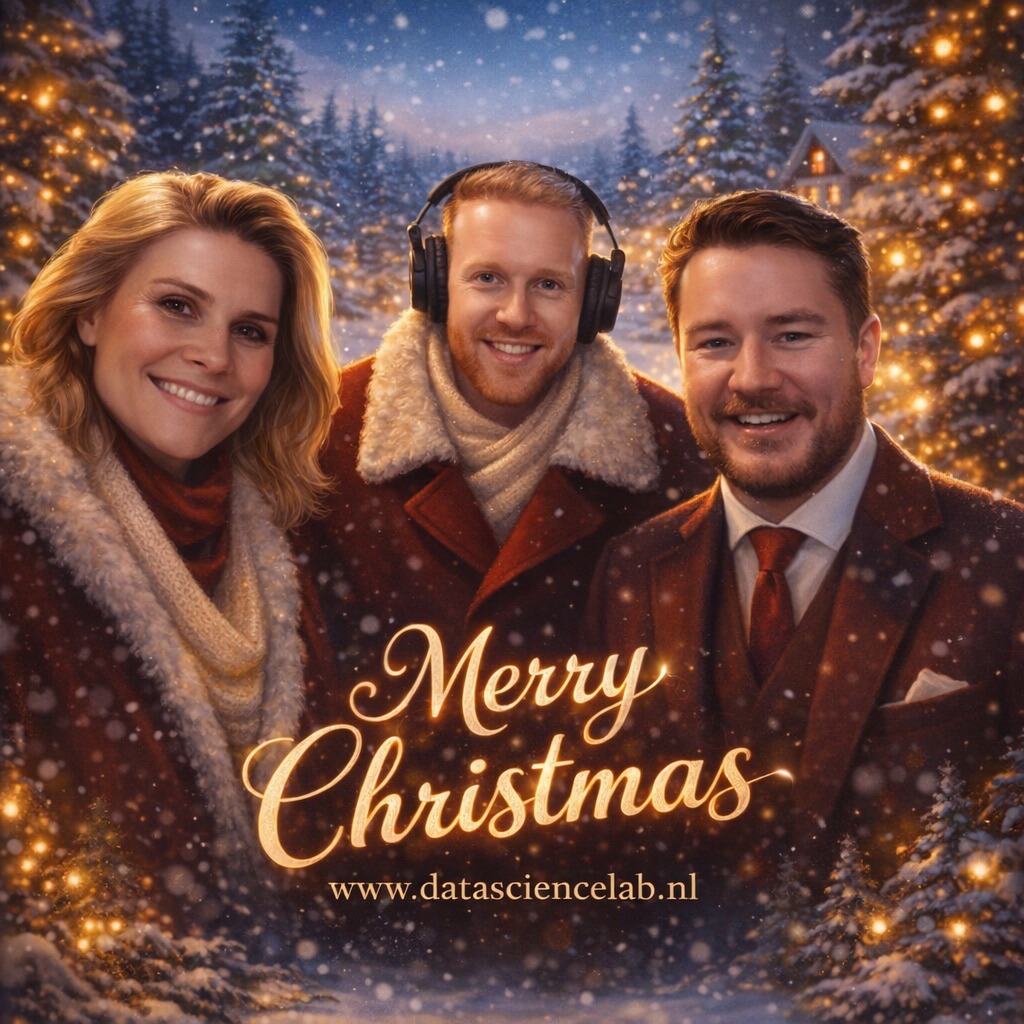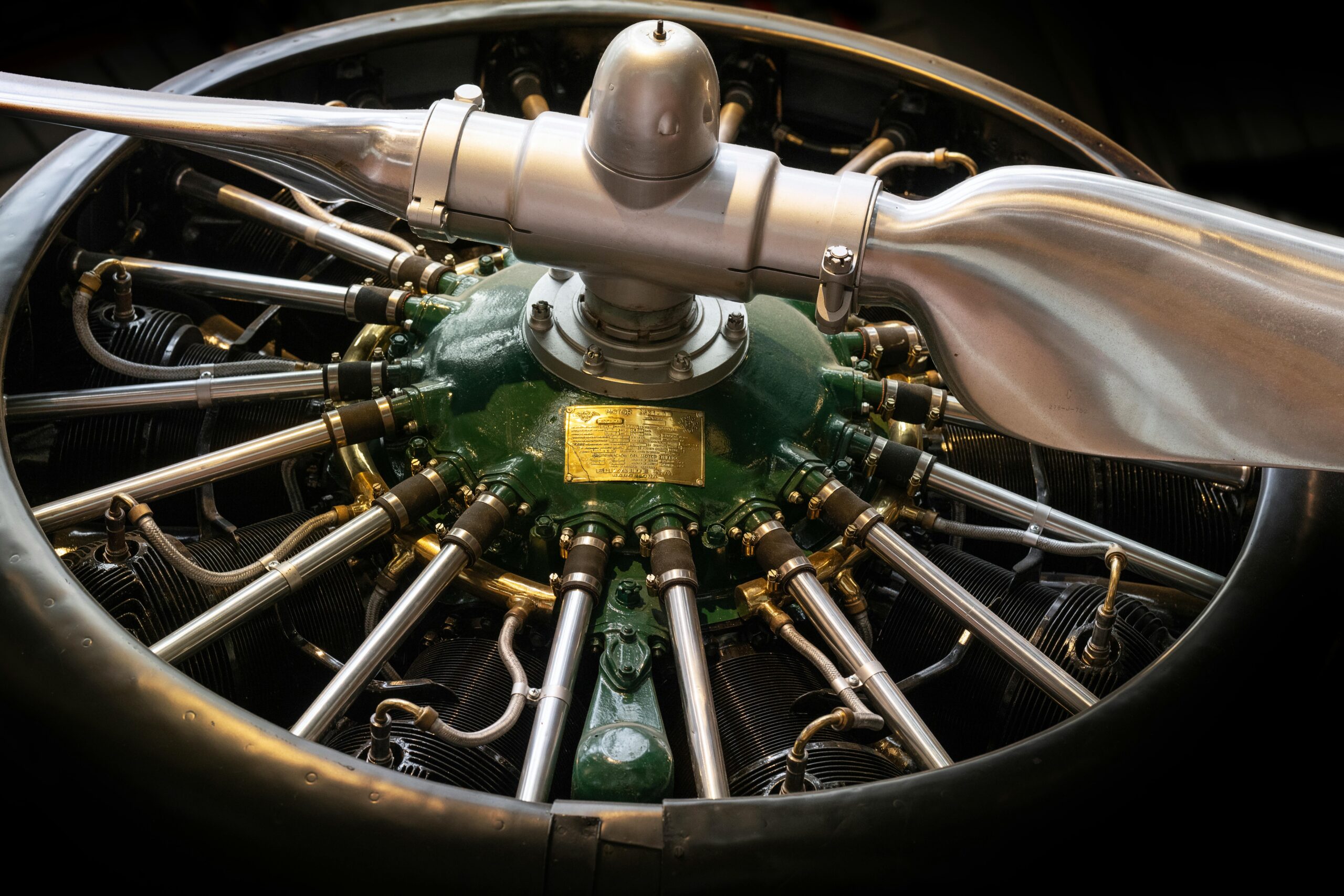[vc_row type=”in_container” full_screen_row_position=”middle” scene_position=”center” text_color=”dark” text_align=”left” top_padding=”60″ overlay_strength=”0.3″ shape_divider_position=”bottom” bg_image_animation=”none” shape_type=”mountains”]
Hi I’m Fré!
Besides working, I love to eat out, but also to cook myself extensively.
With good food comes good wine of course, so every month I go to a wine tasting to learn about the different grapes.
[divider line_type=”No Line” custom_height=”60″]
What did you do before starting at Data Science Lab?
I started my bachelor’s degree in Econometrics, but came to the conclusion during my studies that it was not quite the right direction for me.
I found many subjects, including the math subjects, very interesting.
Unfortunately, these interests did not lie with the econometrics subjects.
Fortunately, I discovered during a part-time job that I really liked programming.
I then started looking for a study where I still got the math subjects, but could also program.
At the time, I ended up with a master’s degree in ‘Artificial Intelligence’ at the University of Amsterdam.
This master taught me a lot about how different ‘classical AI techniques’ and neural networks work, and how to apply them properly to different types of data.
After my master I started working at Data Science Lab immediately.
[divider line_type=”No Line” custom_height=”60″]
What are the duties as a “data scientist” at Data Science Lab and what do you find most interesting about this?
My work as a data scientist varies greatly.
For example, for the client Kandoor, a platform where individuals can ask financial-related questions that are initially answered by a chatbot, I used Natural Language Processing to create a model to recognize topics that the chatbot does not have an answer to at the moment.
On the other hand, on Fridays I work on the further development of our own application, which, among other things, facilitates time registration for Data Science Lab.
These activities are quite far apart in terms of project approach and techniques used, but that’s what I find interesting.
[divider line_type=”No Line” custom_height=”60″]
How do you perform the work in the current situation?
At home, the dining room table has been renamed the desk where my friend and I work.
As before, I have a ‘daily standup’ with my colleagues from Kandoor every day, and the other sprint meetings have hardly changed either (including a digital whiteboard with digital post-its for the sprint retro).
Super nice to be back together with all colleagues at these times to stay in touch.
[divider line_type=”No Line” custom_height=”60″]
Within your current project, what is the biggest technical challenge?
With my current client, the biggest challenge is mainly that I work with data coming from the chatbot.
What people don’t always pay close attention to is correct spelling, grammar or the use of punctuation.
As a result, the data is not always “clean.
There are several techniques within Natural Language Processing that can be used when processing text before it can be put into the model.
However, due to misspelling of words, these techniques cannot be applied right away and require several steps in preparation to make it possible.
[divider line_type=”No Line” custom_height=”60″]
What do you think is the biggest misconception of data science?
I think the biggest misconception; that data science is mostly about building machine learning models.
The data collected within a company is not always sufficient to build a good model and will (almost) always be contaminated in some way.
This could be because measurements are incorrect or incomplete, or in the case of text, words are not always spelled correctly.
The model you create is only as good as the data you put into it.
If this data does not contain the correct values, the model will also predict incorrect values.
[divider line_type=”No Line” custom_height=”60″]
How do you see data science in 10 years?
On the one hand, I think there will be more and more ‘off-the-shelf machine learning models,’ which will make it less necessary as a data scientist to build these models themselves.
As a result, the value of a data scientist will be mostly in interpreting the outcome of these models, and the ‘feature engineering’ to make sure there is good data to train the model on.
On the other hand, there are also companies that do not want/can’t get started with machine learning because these models do not provide transparency on how much the different variables contributed to a particular outcome of the model.
In recent years, there has been an increasing focus on “Explainable Artificial Intelligence,” where the goal is to “open” these black-box models so that it becomes clear what influence the different variables had on the outcome of the model.
If this field of research continues to evolve, I hope that more complex models can be applied in practice more often in the future (off-the-shelf or not).
If this does not happen, I think there will always be a demand for simpler but interpretable models.
[divider line_type=”No Line” custom_height=”60″]
What problem would you ever want to solve through data science?
Without sounding too floaty, I would like to contribute to solving problems that make the world a little bit better.
Consider, for example, reducing food waste.
This can be done by optimizing the sourcing of ingredients and preparation of meals in restaurants or supermarkets.
But also by creating a platform or app where people receive an alert when vegetables/fruit (or other products with no visible expiration date) are about to expire and provide recipe suggestions based on this.
[vc_row type=”in_container” full_screen_row_position=”middle” scene_position=”center” text_color=”dark” text_align=”left” top_padding=”90″ overlay_strength=”0.3″ shape_divider_position=”bottom” bg_image_animation=”none” shape_type=””]



